Here is a link to our film: The Three Canons
Daily Archives: September 29, 2023
Filters
How are archives a repository of knowledge?
‘Our mission is to produce and facilitate research on the Island’s history, culture, language and environment; and to share that knowledge with the widest possible audience for the benefit of our island community.’ Founded in 1873, by only a small group of Islanders, the Société Jersiaise holds around 35,000 historical images. Although it started with a small number of people interested in the study of history, language and antiques of Jersey, it soon grew a larger membership, and the historical documents were published. Their main record of their activities in the Bulletin Annual in 1875. In 1893 the museum became permanent and moved to 9 Pier Road. Now looked after and owned by Jersey Heritage, the collection is still growing. Their main mission is to make the Islands history available for people to see and admire, researching its history. They achieve their mission to research the Island’s history through their active sections, research collections, community outreach and collaborations with the local heritage partners. They have been making long term studies possible since 1873 with their volunteer sections that produce the raw data. They specialise from archaeology to zoology. What can we learn from Jersey looking at pictures of the past? Holding a substantial amount of bibliographic, cartographic, photographic and research collections, the Société uses these as a sort of ‘long-term memory’ to supply an important resource showing the value of community through the heritage and archives. The archives are also a way to show the Island’s identity and environment and how it has developed through the years, holding a rich knowledge of the history and past Islanders. The Jersey archives create the personal question of what archives do we, as current Islanders and people, keep to preserve our history. Contemporary archives can vary from text messages, to digital images, to social media posts. They all hold a sense of history and knowledge about ourselves, however they do not have the same value as physical archives created with a purpose to inform the future generations about the past. The transformation in the change of photography is colossal. Comparing present day to even 50 years ago, a large difference can be seen. Images used to be taken with no knowledge of the outcome, developed, and then stored in boxes or picture frames to be admired personally. Now anyone can take an image, edit it, and post it publicly. I find this leaves less room for admiration of so-called archives these days, and the new generations are losing the knowledge and care that comes with looking after images. This could cause problems in the future for the Société Jersiaise.

Henry Mullins was an important figure in the first generation of Jersey photographers during the nineteenth century due to the fact that he managed to create thousands of portraits of Islanders from 1848 to 1873. He had a studio in the Royal Square that was very successful. His success was assisted by the circle of photographic pioneers at the Royal Polytechnic Institute, Regent Street, London. In 1841, the first photographic studio in Europe arrived there. His profession was first recorded in Edinburgh, 1843, before moving to Guernsey then deciding to live in Jersey a year later in 1848. His work presents mainly the upper class because of the price it was to take an image. His most well-known work is Cartes De Visite containing 9600 images, typically in sets of 16. It cost around 10d 6d to have these images taken. These images are now stored in the Société Jersiaise. Mullins was known for being favoured by officers of the Royal Militia Island of Jersey. It was typical for these officers to have their portraits taken, including their families such as wives and children. These images present the fashion in the mid- 1800s for long hair, moustaches and large beards. Some may say that it is difficult to depict a difference between some of the men due to the styling of these images. Mullin’s images offer us knowledge about the classes and how photography was used in the 1800s. Being archives stored in the Société Jersiaise, it allows us to analyse and discover Jersey’s past, and even compare it to present day. Archives such as these are more than an interesting portrait to look at, but are a part of Jersey’s history, giving Islanders knowledge into their heritage. After Henry Mullin’s passed away, over 20,000 negatives were given to the Société Jersiaise, allowing his collection of archives to be even richer.

Mullin’s used the calotype method for his image making, as it said in an advert in the Jersey Times, ‘Instruction given in the Calotype, Energiatype, or photographic processes, and proficiency guaranteed for a fee of five guineas”.’
The calotype was invented by William Henry Fox Talbot in 1841. Although it was surpassed in the 1850s by the collodion glass negative, for its time it was an adequate invention. The process used a paper negative, creating a print with a softer, less sharp image than the daguerreotype. However, because a negative is produced, it was possible to make many copies afterward. The fabric of the paper was contained in the image, rather than on the surface, meaning the paper fibers tended to show through on the prints. This can be seen in the example image above, created by Henry Mullins. This was typical in his work because the calotype’s image results were a lower quality print. Mullins’ collection of images like this provides a good amount of information about the people of Jersey in the 1800s, and their families. Although the images are mostly basic head and shoulder images, you can see the relation between individuals in the collection. There is a pattern of split shadow lighting on the portraits, showing that lighting was used to aid photography at the time, whilst informing us about Mullins style of image taking.

Overall, learning about the importance of archives has broadened my perception about images from the past. It is shown to clearly be important for informing this generation, and future ones to come, about the social structures of Jersey’s different groups. This can be presented through the fact that photography was for the wealthy in the 1800s, proven through Henry Mullin’s collection of images of Jersey’s hierarchy, like officers. The fact that mostly only the affluent officers could afford for their wives and children to have portraits emphasises this. Exploring archives has inspired me to look at a variety of photographers that are not just contemporary and alive today. It has given me the ideas to look at more archived images, and present nostalgia through a more historic view, such as Ansel Adams or Alfred Stieglitz, and experiment with their lighting and shooting styles.
Société Jersiaise

The Société Jersiaise was founded in January 1873 by a small number of prominent Islanders who were interested in the study of the history, the language and the antiquities of Jersey. Membership grew quickly and the aims of the new society soon widened to include the publication of historical documents, the founding of a Museum, and the study of the Island’s natural history. Their first Bulletin Annuel was issued in 1875 and continues to be the main record of their activities. They achieve their aims through their active Sections, research collections, community outreach and collaboration with local and international heritage partners.
- “The Publication of Local History,
- The encouragement of the use of French, the official language,
- The study of the ancient local dialect,
- To achieve, as far as possible, the conservation of all prehistoric and historical sites,
- To found a library, mainly historical and archaeological,
- To collaborate with other societies with similar aims” [1]

SOCIÉTÉ JERSIAISE
Founded in 1873, Société Jersiaise is an organisation with the sole purpose of:
- “The Publication of Local History,
- The encouragement of the use of French, the official language,
- The study of the ancient local dialect,
- To achieve, as far as possible, the conservation of all prehistoric and historical sites,
- To found a library, mainly historical and archaeological,
- To collaborate with other societies with similar aims“
They have an annual bulletin which was first published in 1875.

“Our mission is to produce and facilitate research on the Island’s history, culture, language and environment; and to share that knowledge with the widest possible audience for the benefit of our island community.”
– Société Jersiaise
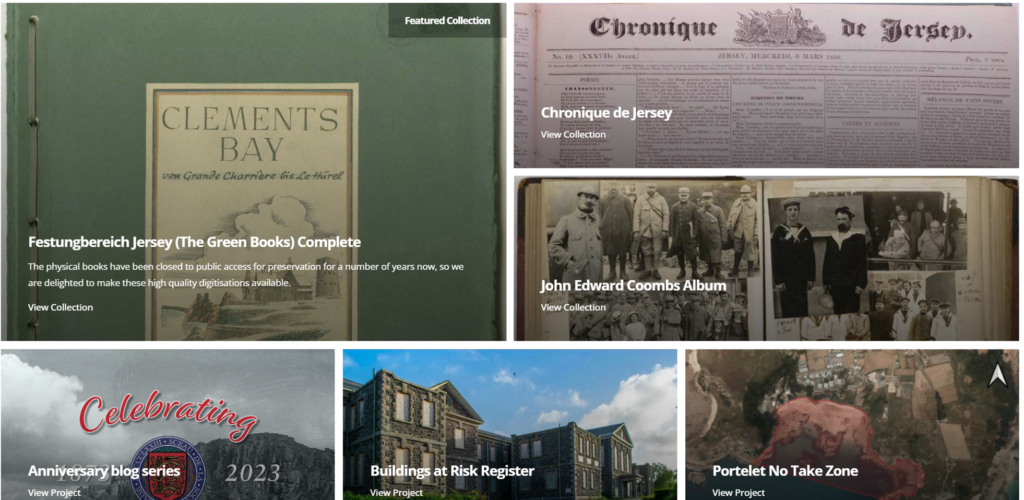

The Société Jersiaise Photographic Archive contains, as a result of the foresight of early members, by far the most important collection of historic photographic images of the island. A professional photographic archivist is employed by the Société to manage the collection of approximately 100,000 images dating from the mid-1840s to the present day.
Elizabeth Castle Outcomes

Still Images
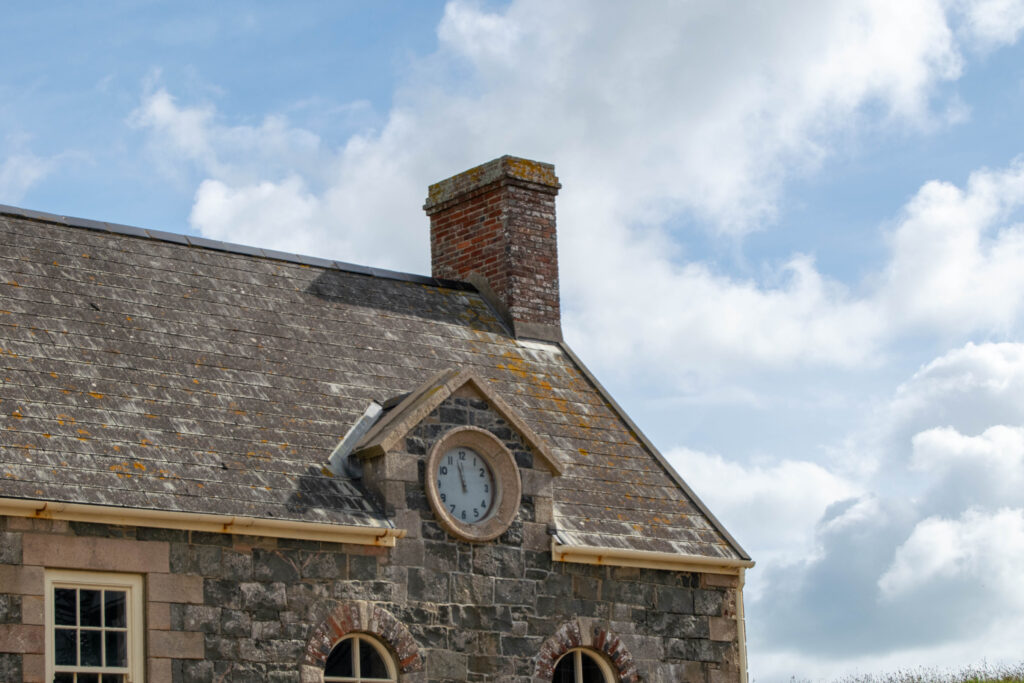
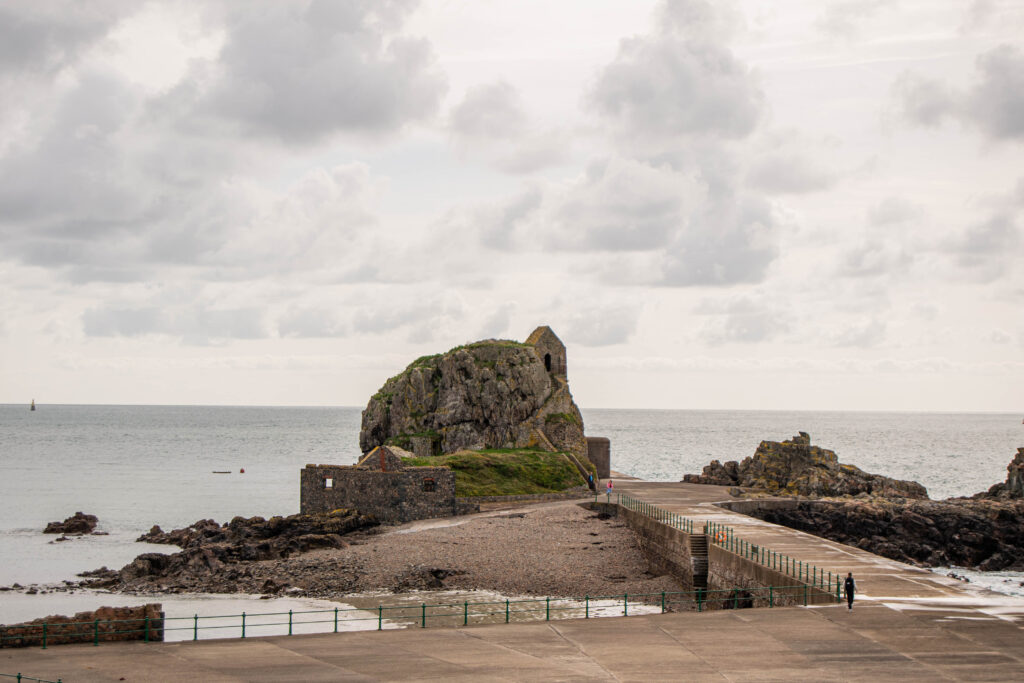
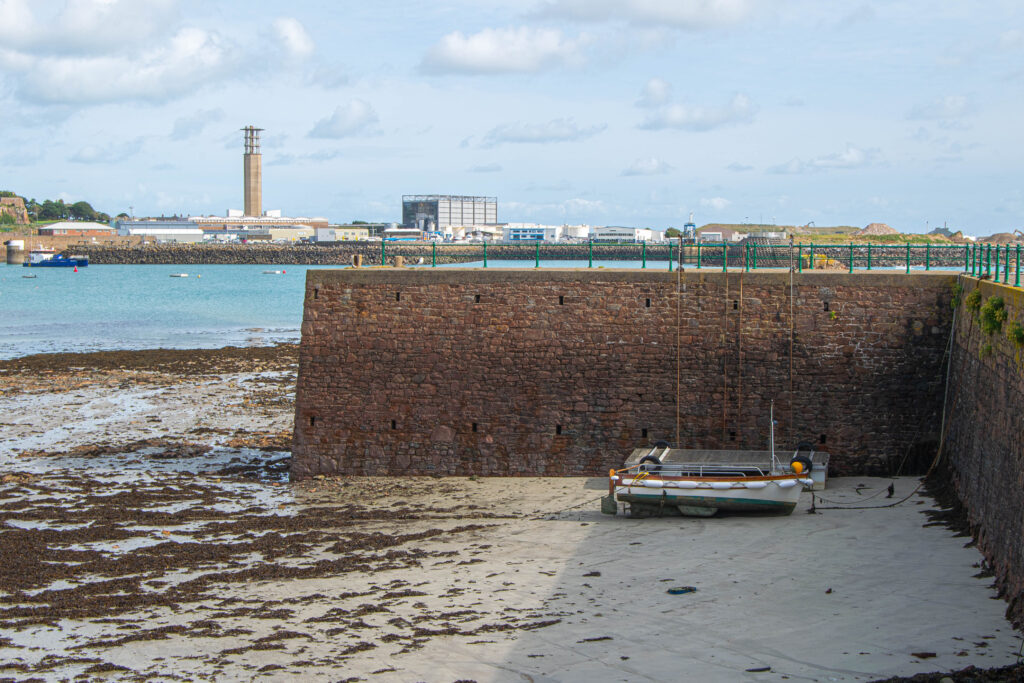
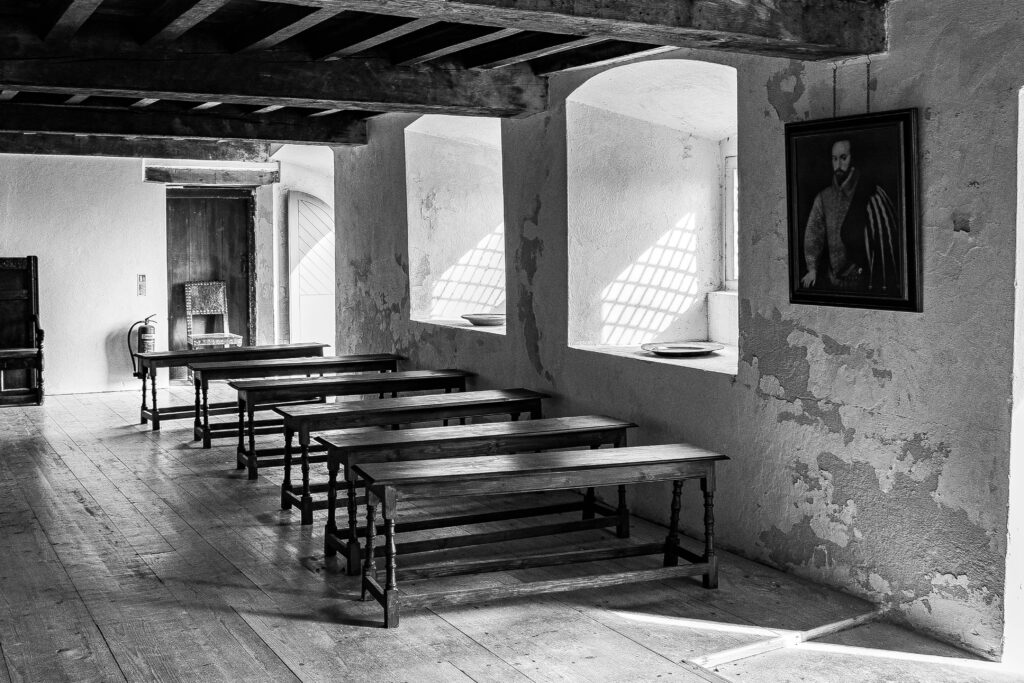

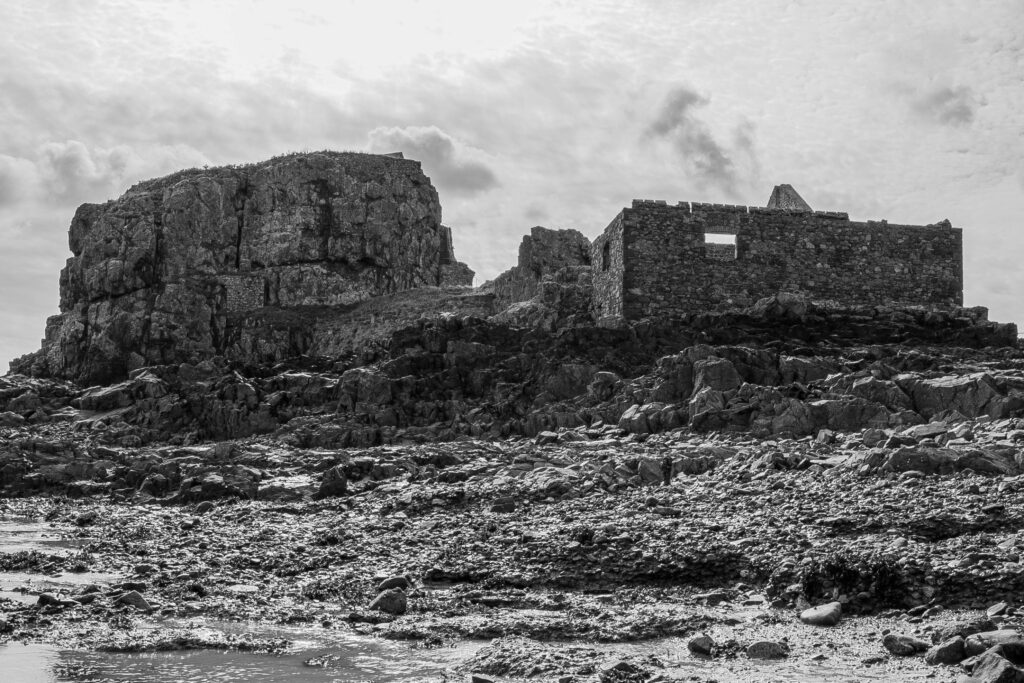
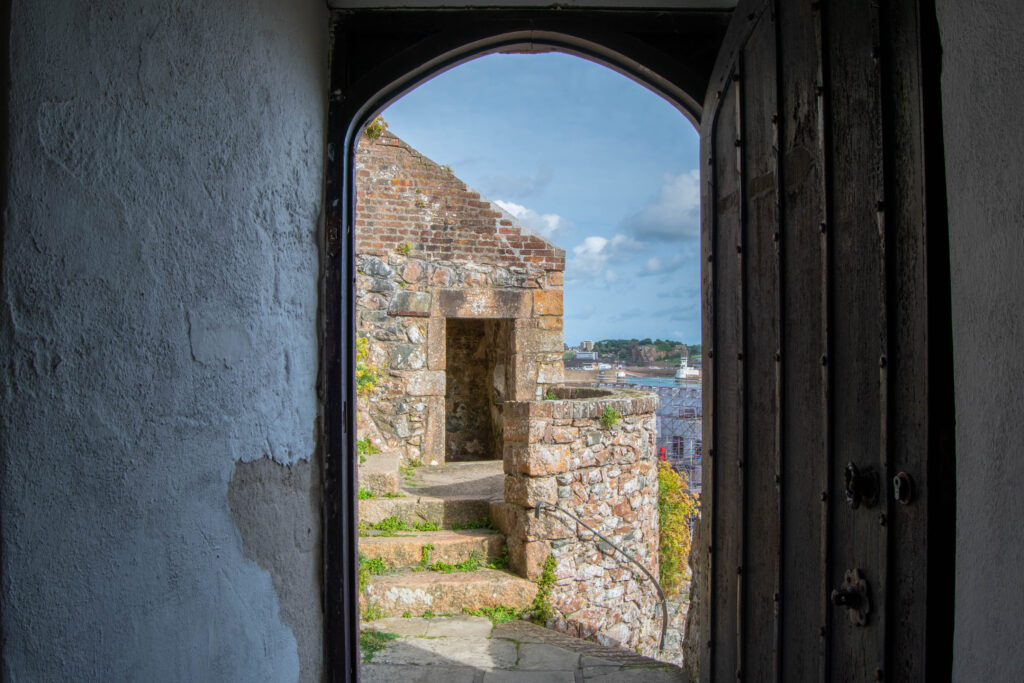
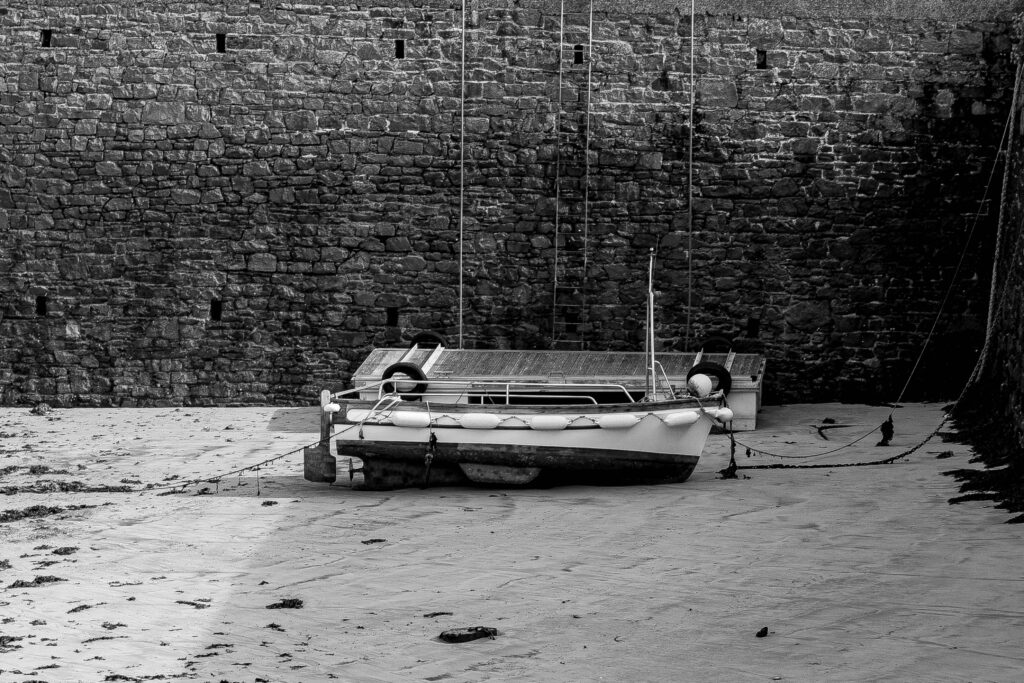
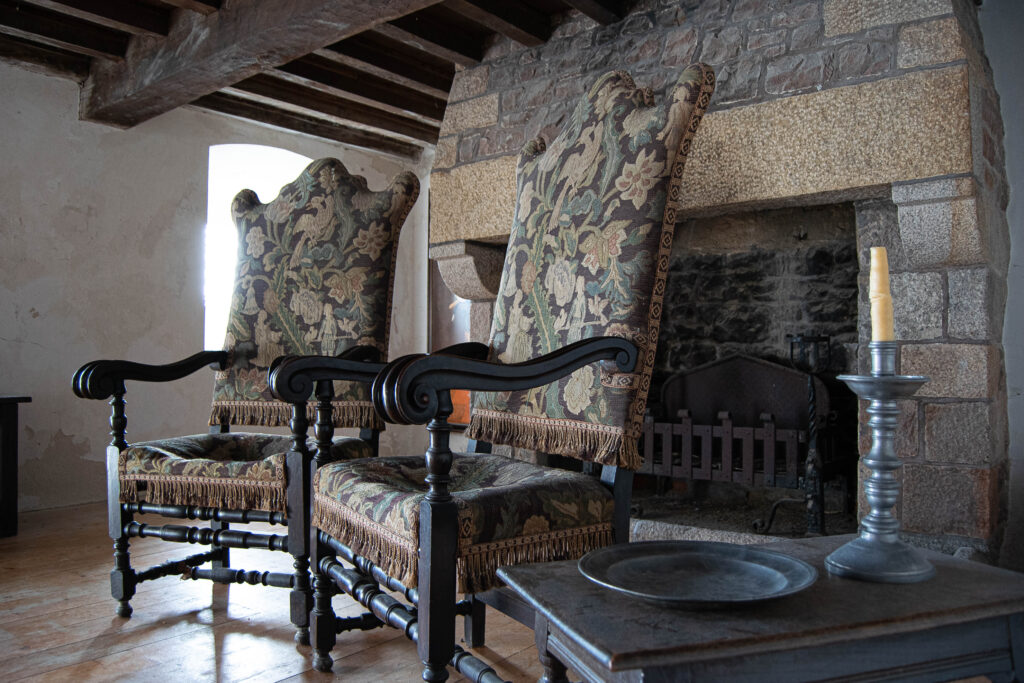
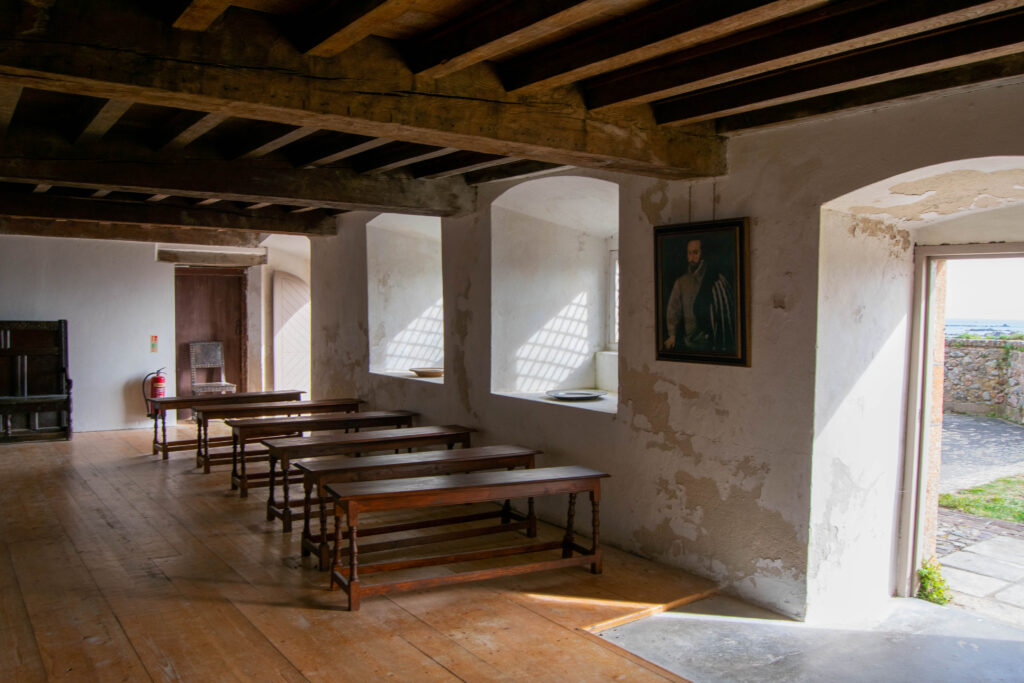
Photo Archives
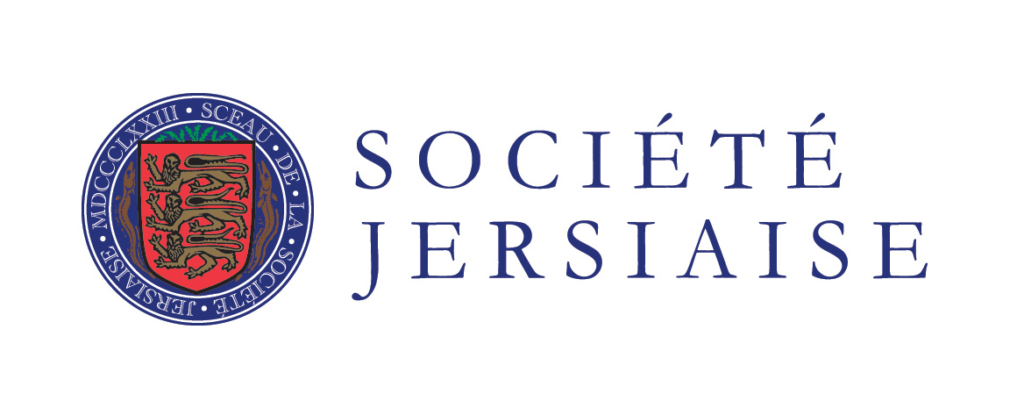
The Société Jersiaise is a valuable resource for exploring the cultural and historical contexts of Jersey. It contains a vast collection of photographs that document various aspects Jersey’s past, including it’s people, places, events and traditions. By studying these photographs we can gain insights into the changing landscapes, lifestyles, and social dynamics of the island over time.
Mission
Their mission is to produce and facilitate research on the Island’s history, culture, language and environment; and to share that knowledge with the widest possible audience for the benefit of our island community.
They achieve this through their active Sections, research collections, community outreach and collaboration with local and international heritage partners.
The Société’s Sections specialise in various fields of study, from archaeology to zoology. These volunteer sections produce the raw data and research which make long-term studies possible.
The Société holds extensive bibliographic, cartographic, photographic and research collections which act as our long-term memory. These collections provide a vital resource informing contemporary study and value for the community through a greater understanding of our shared heritage, identity and environment.
History

The Société Jersiaise was founded in January 1873 by a small number of prominent Islanders who were interested in the study of the history, the language and the antiquities of Jersey. Membership grew quickly and the aims of the new society soon widened to include the publication of historical documents, the founding of a Museum, and the study of the Island’s natural history. Our first Bulletin Annuel was issued in 1875 and continues to be the main record of our activities.
The Museum found a permanent home in 1893 when it moved to 9 Pier Road, a large early nineteenth century merchant’s house. The Museum, and it’s extensive collections are now looked after by Jersey Heritage but they continue to add to our collections annually. In 1977 a large extension to our Museum on the site of No 7 Pier Road to house our library and meeting rooms was built.
Over the years, archaeological sites in Jersey for preservation and presentation were purchased. The two most important sites are La Hougue Bie, purchased in 1919, and La Cotte de Saint-Brélade, purchased in 1955. Extensive excavations have been carried out at both sites.
In 1913 the Société’s activities as a learned society were organised into ‘Sections’ for the study of different aspects of the island. These Sections, now 14 in number continue to be the backbone of our activities. specialist staff are also employed specialist staff to look after the library and photographic archives.
The Museum and other collections have been largely built up through gifts and bequests which has ensured its preservation of many important items with relevance to Jersey including; books, manuscripts and maps, photographs, prints and paintings, archaeological finds and historical items.

‘No Place Like Home’ Exhibition
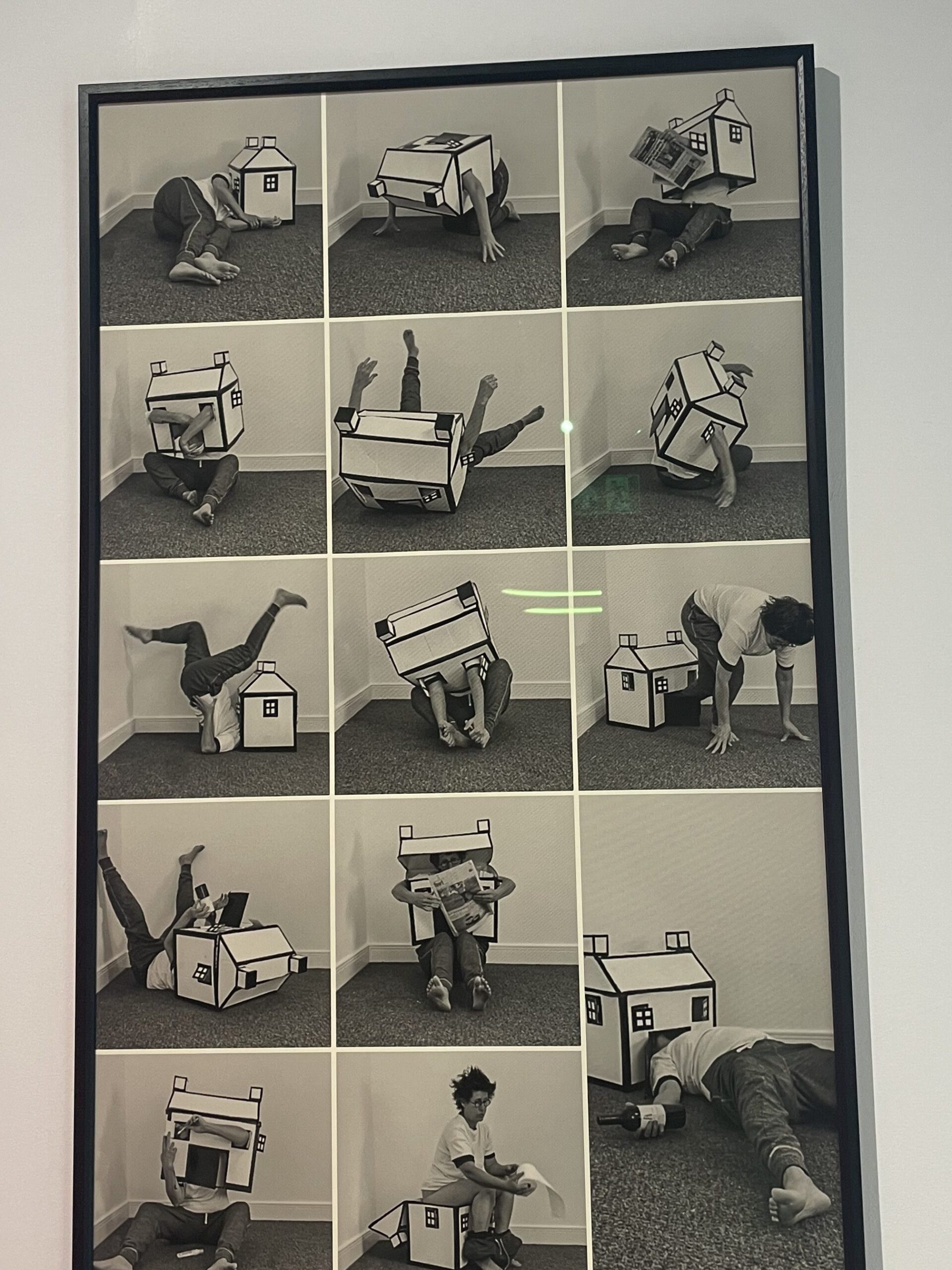
Expertly curated, No Place Like Home features the work of local and internationally acclaimed artists and invites Islanders to consider their ‘home’ on a personal, national, global and even cosmic scale.

The exhibition features 23 gallery based artworks and three external installation pieces, all of which explore ‘home’ from different perspectives, including considerations around Jersey’s housing crisis and international perspectives on the health of our planet. Whilst we live in a time when this can be a complex and serious subject, the pieces on display are often playful and interactive and invite the viewer to reflect on their own interpretation and experience.
The globe

Appearing deceptively simple, the ten-metre globe is crafted from fabric adorned with high-resolution imagery sourced from NASA. Its internal lighting system adds an ethereal quality to the installation. However, beneath the surface of the water, it conceals a substantial eight tons of mooring gear, endowing it with the ability to withstand winds of up to 40mph.
Acrylic on salvaged demolition concrete 2020.
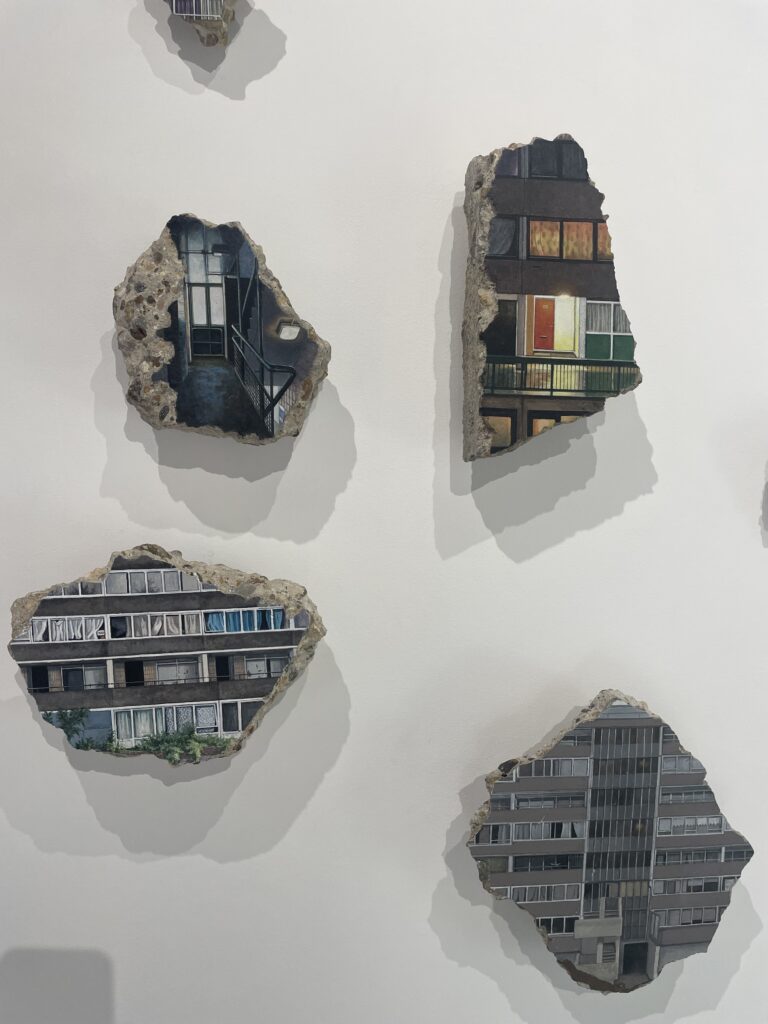
Since 2018, Hills’ work has been focused on the Aylesbury estate in south east London investigating how community identity is affected and reframed by the process of redevelopment and gentrification.
The Aylesbury Fragments are an extraordinary act of preservation, rendering scenes of her local architecture directly onto pieces of salvaged material from the Aylesbury Estate, which is being demolished as part of a regeneration program.
The Aylesbury Estate was designed by the architect Hans Peter Trenton, and was considered exemplary social housing designed to meet the needs of people who lived there. The building’s construction began in 1963 and housed approximately 10,000 people. It is now in the final phase of being demolished in order to make way for redevelopment and Hill has spent several years documenting this place as it disappears piece by piece, and at each stage of degradation; as tenants are moved out and those in desperate need are temporarily housed. The concrete is imbued with the contentious history of the site, what remains are fragments of peoples lives.
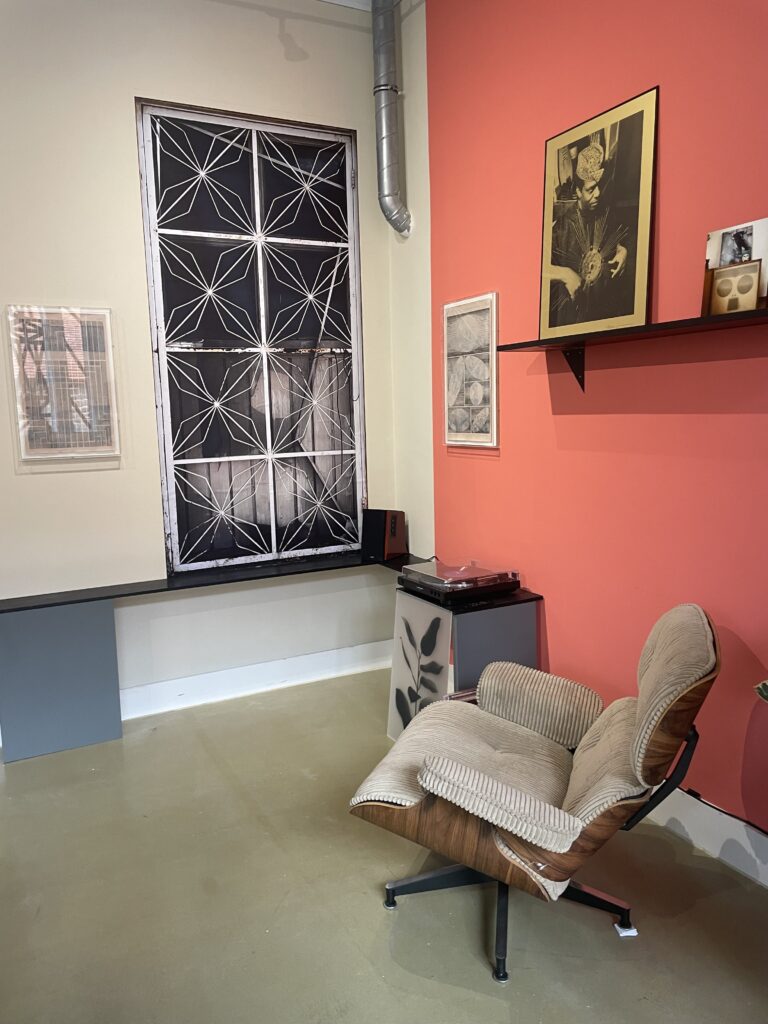
La Jetée 1962
released: 16 February 1962
about the film: La Jetée is a French science fiction film directed by Chris Marker and associated with the Left Bank artistic movement, constructed most entirely from still photos it tells the story of a post nuclear war experiment in time travel. It is shot in black and white and is 28 minutes long. It won the Prix Jean Vigo for short film. The 1995 science fiction film 12 Monkeys was inspired by and borrows several concepts directly from La Jetée. There are around 422 images in the film, the effects of using still photographs for the system of La Jetee is to make sure the audience understands . Still photography contributes to narratives by the idea that an image or a series of images can be used to tell a story or create a narrative .
plot: the film is about a man that was a prisoner and is sent back and forth, in and out of time in an experiment that attempts to unravel the fate and the solution to the problems of a post-apocalyptic world during the aftermath of World War III in Paris. The experiment results in him getting caught up in a perpetual reminiscence of past events that are recreated on an airport’s viewing pier.
production: La Jetée is constructed almost entirely from optically printed photographs playing out as a photomontage of varying rhythm. It contains only one brief shot (of the woman sleeping and suddenly waking up) originating on a motion-picture camera, this is due to the fact that Chris Marker could only afford to hire one for an afternoon. The editing and soundtrack of La Jetée adds to the intensity of the film with the use of cut-ins and fade-outs, choir, airplane etc adds a sort of .. to the film., it produces the eerie and unsettling nature adding to the theme of the apocalyptic destruction of World War III.



